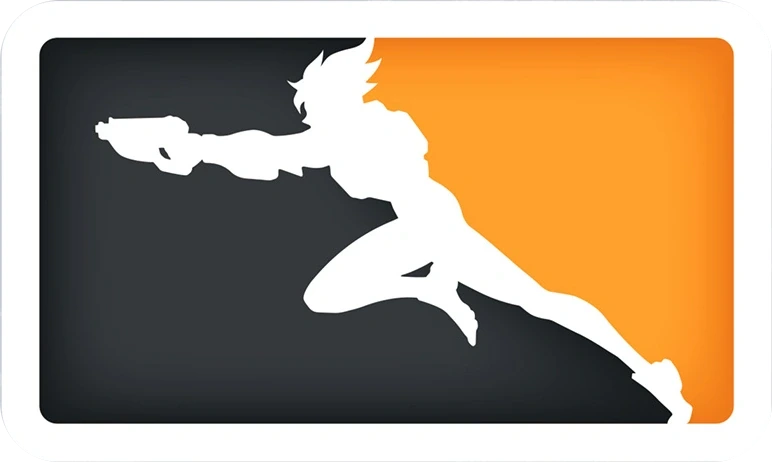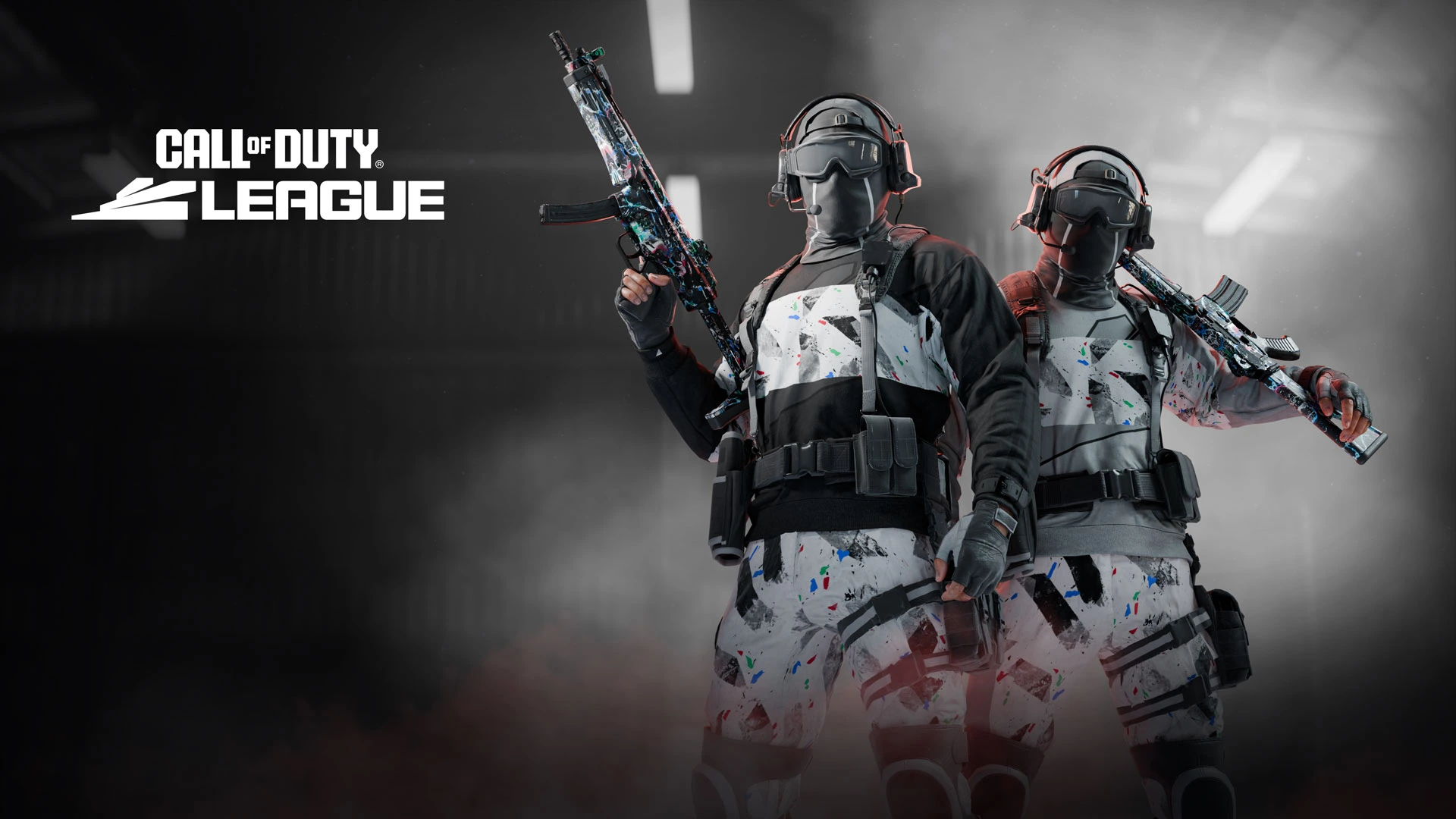The Overwatch League’s collapse has become a cautionary example of what to avoid when building a competitive ecosystem for new esports. Meanwhile, its counterpart, the Call of Duty League, continues to thrive despite sharing what many considered Blizzard’s fatal flaw in competitive gaming: the city-based franchise model. The key differences in approach explain why one failed while the other succeeded.
Scaled Ambitions vs. Focused Strategy
From its inception, the CDL was designed as a less ambitious, North America-focused competition. The Overwatch League, however, launched as a global enterprise with organizations worldwide buying into Activision Blizzard’s vision of revolutionizing entertainment through esports.
Overwatch League’s Grand Vision Falters
OWL began with an ambitious mission: create a worldwide, city-based circuit that would sell venue tickets to local fans in multiple countries. The foundation seemed solid—Overwatch won Game of the Year in 2016 after a successful beta and launch, selling millions of copies globally, including in China’s esports-hungry market.

This potential prompted then-CEO Bobby Kotick to implement the franchise model, charging organizations an extraordinary $20 million entry fee. Problems emerged immediately when the first competitive year remained anchored in Los Angeles rather than touring globally as promised.
Pandemic Amplifies Existing Problems
While spectacle quality varied, viewership numbers initially kept organizers and investors committed despite mounting losses. The 2020 season was supposed to fulfill the global vision with international stages, and early events did sell out venues—until pandemic lockdowns derailed these plans.
Though COVID-19 severely impacted the Overwatch League, fundamental flaws already existed in its structure. The extensive international travel between Europe, North America, China, and Korea proved prohibitively expensive. Players suffered from constant timezone changes, while organizers and teams operated on minimal or negative profit margins.
Last-Ditch Efforts Fall Short
Overwatch 2’s announcement briefly offered hope, but not even exclusive access to the sequel during development could retain investors. When demands for entry fee refunds and revenue sharing programs increased, Activision ultimately terminated the league to limit further losses.
One telling incident from 2021 highlighted the international model’s impracticality: top Western teams had to fly to Hawaii to achieve fair competition latency when facing Asian teams. The league’s expenses, exclusivity due to franchising, and developer reluctance to implement balance changes like hero bans resulted in repetitive matches and waning audience enthusiasm.
CDL’s Strategic Regional Focus
The Call of Duty League maintained the city-based franchise model but took a dramatically different approach. It concentrated operations in the United States and Canada—where most of the game’s audience resides—and partnered with organizations owned or operated by established sports clubs.
CDL events never expanded beyond North America, keeping travel costs manageable for teams and fans. The league embraced Call of Duty’s core military power fantasy appeal and developed a more sustainable event structure: instead of weekly travel, teams would occasionally host Home Series events where competitors would visit a particular city, supporting local tourism before culminating in Major Events.
Game Health and Development Philosophy
Timing also played a crucial role in each league’s trajectory. Overwatch League struggled to gain momentum while the game itself was experiencing popularity issues. Call of Duty’s annual release cycle allowed for regular refreshes addressing player concerns, while Overwatch’s development team was historically slower to respond to community feedback.
Today, Overwatch has transitioned to its new OWCS ecosystem with FACEIT and an open circuit that’s gradually expanding, while Call of Duty continues benefiting from its early strategic decisions. Interestingly, many of CDL’s successful approaches emerged from studying OWL’s missteps—ensuring these two competitions will always remain connected, one informing the other.
More news about Call of Duty.
